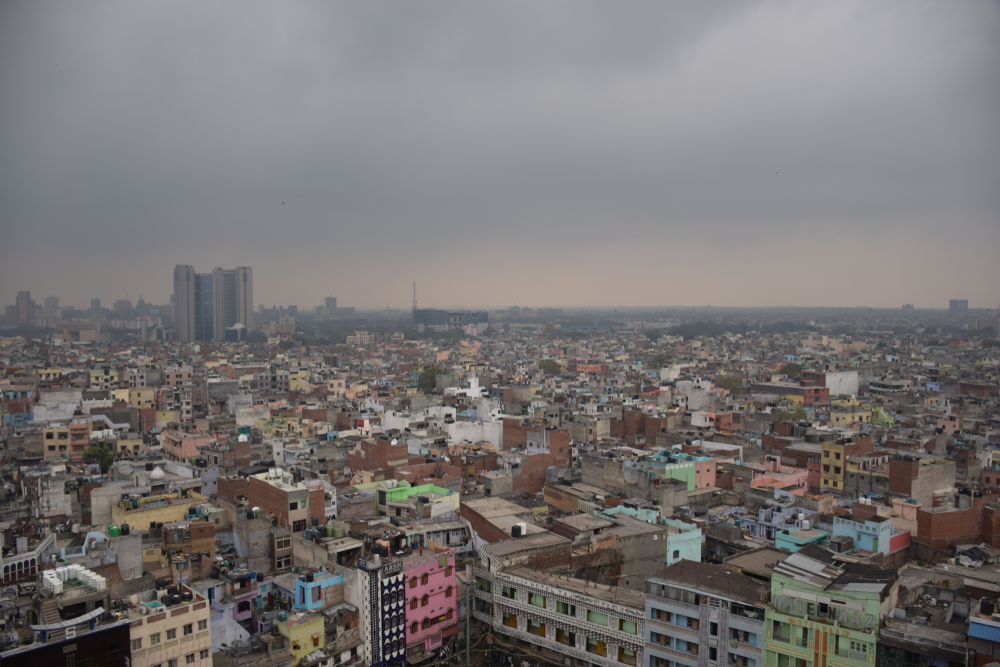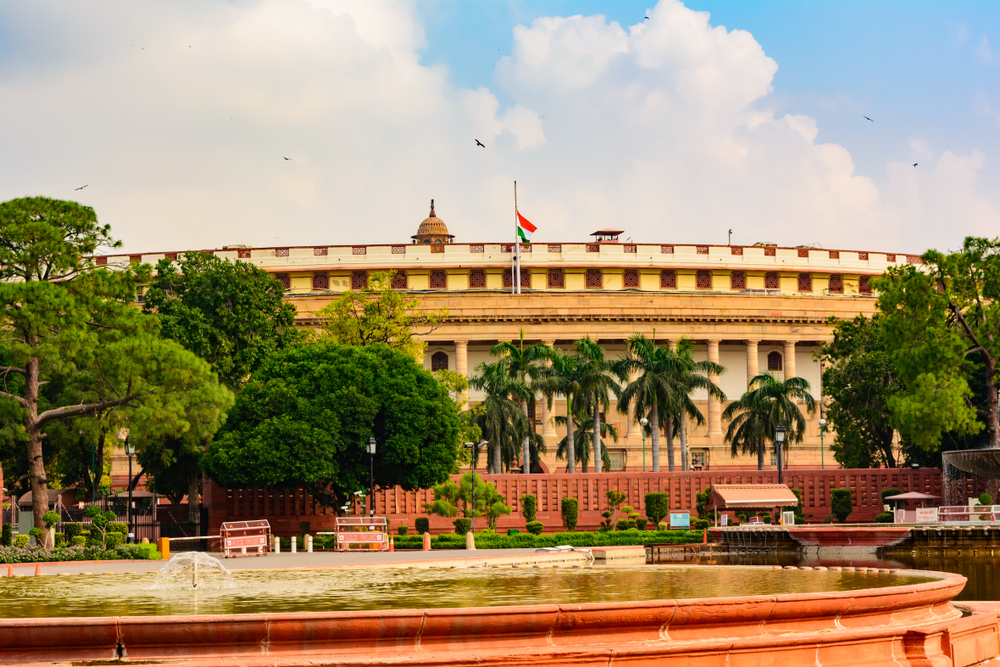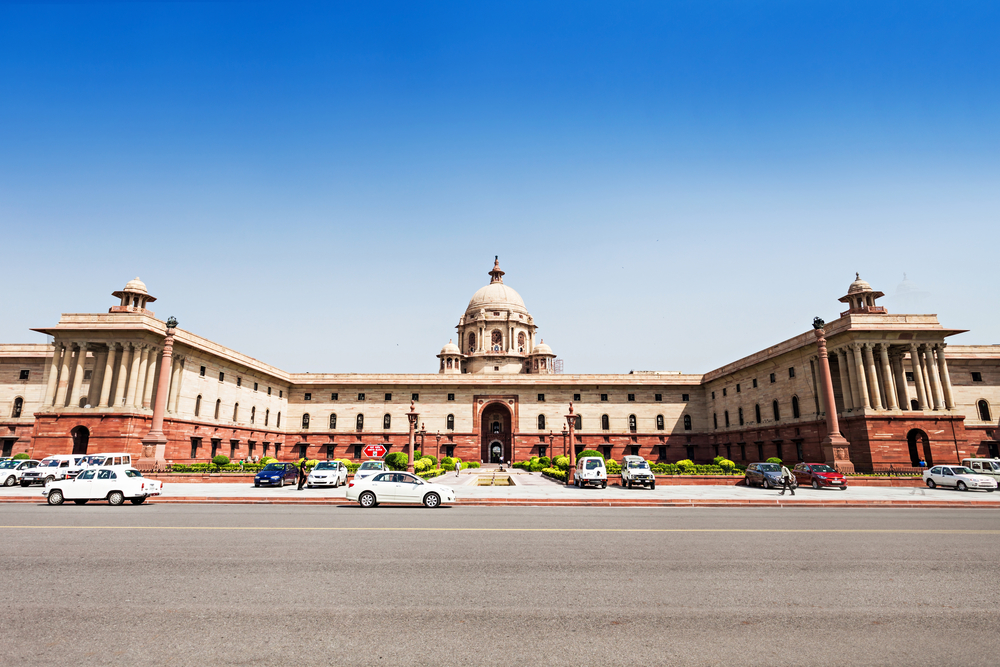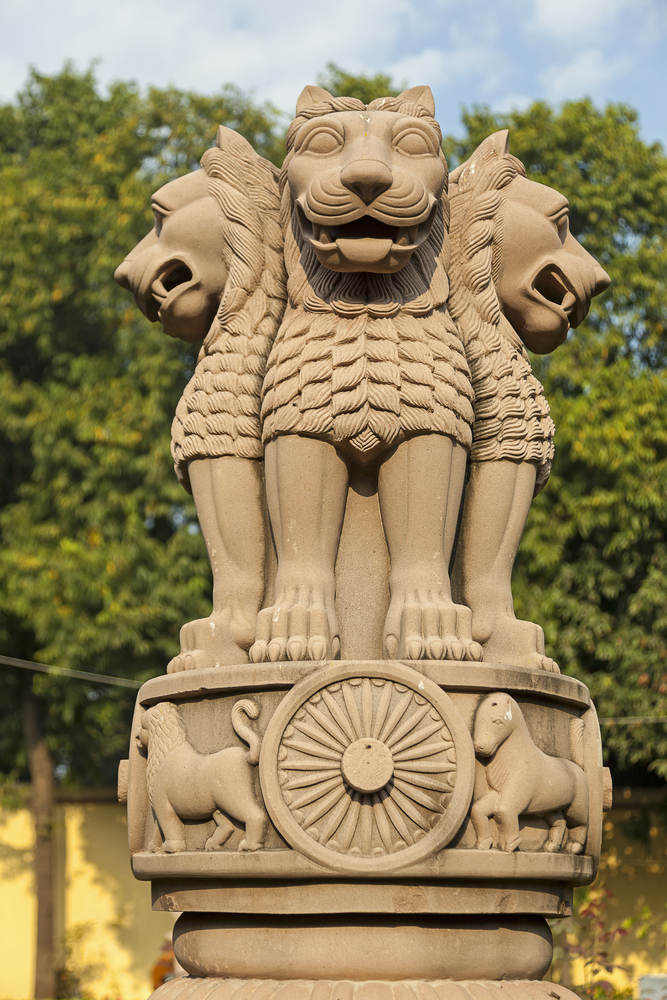Government Overview
Country
Local Long Form: Republic of India/Bharatiya Ganarajya
Local Short Form: India/Bharat
Etymology: The English name derives from the Indus River. The Indian name Bharat may derive from the Bharatas tribe mentioned in the Vedas of the second millennium BCE. The name is also associated with Emperor Bharata, the legendary conqueror of all of India.
Capital
New Delhi: The city's name is associated with various myths and legends. The original name for the city may have been Dhilli or Dhillika. Alternatively, the name could be a corruption of the Hindustani words dehleez or dehali —both terms meaning "threshold" or "gateway"—and indicative of the city as a gateway to the Gangetic Plain. After the British decided to move the capital of their Indian Empire from Calcutta to Delhi in 1911, they created a new governmental district south of the latter designated as New Delhi. The new capital was not formally inaugurated until 1931.
Geographic coordinates: 28 36 N, 77 12 E
Time Difference: UTC+5.5 (10.5 hours ahead of Washington, DC, during Standard Time)
Independence
Date: 15 August 1947 (from the UK)
Constitution
History: Previous 1935 (pre-independence); latest draft completed 4 November 1949, adopted 26 November 1949, effective 26 January 1950
Amendments: Proposed by either the Council of States or the House of the People. Passage requires majority participation of the total membership in each house and at least two-thirds majority of voting members of each house, followed by assent of the president of India. Proposed amendments to the constitutional amendment procedures also must be ratified by at least one-half of the India state legislatures before presidential assent. Amended many times; last in 2019 (2019).
Legal System
Common law system based on the English model; separate personal law codes applying to Muslims, Christians, and Hindus; judicial review of legislative acts
Citizenship
Citizen By Birth: No
Citizen By Descent: At least one parent must be a citizen of India.
Dual Citizenship Recognized: No
Residency requirement for Naturalization: Five years
Suffrage
Suffrage: 18 years of age, universal
Executive Branch
Chief of State: President
Head of Government: Prime minister
Cabinet: Union Council of Ministers recommended by the prime minister, formally appointed by the president
Description: The primary executive authority resides in India’s Union Council of Ministers, which is headed by the prime minister. All members of the body must be members of Parliament at the time of appointment. They work with the prime minister to direct and oversee the day-to-day administration of all areas of government, coordinating all domestic and foreign policy. The prime minister chooses the ministers and may dismiss them at will. India has a president, who is commander-in-chief of the armed forces, but otherwise mostly a figurehead with formal and ceremonial powers. The president is indirectly elected by an electoral college consisting of elected members Parliament, and serves for a five-year term, with no term limits.
Legislative Branch
Description: The bicameral Parliament (Sansad) is India’s national lawmaking body. Its upper chamber, the Council of States (Rajya Sabha), contains 245 seats, with 233 members indirectly elected by state and territorial assemblies by proportional representation vote, and 12 members appointed by the president. Its members serve six-year terms. Its lower chamber, the House of the People (Lok Sabha) contains 545 seats, with 543 members directly elected in single-seat constituencies by simple majority vote, and two appointed by the president. Members serve six-year terms. The Council of States and House of People have roughly equal powers in promulgating legislation, except for in matters of spending, where the House of People has overriding power.
Judicial Branch
Description: The highest judicial body is the Supreme Court, which consists of 28 judges, including the chief justice. Judges are appointed by the president to serve until age 65. Subordinate courts include the High Courts, District Courts, and Labor Court. In mid-2011, India’s Cabinet approved the "National Mission for Justice Delivery and Legal Reform" to eliminate judicial corruption and reduce the backlog of cases
Copyright © 1993—2025 World Trade Press. All rights reserved.

 India
India 


